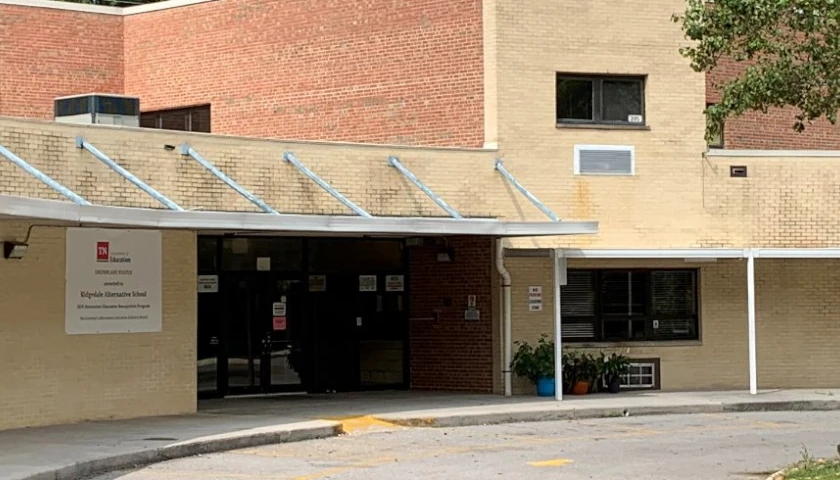Data released on Friday by the Tennessee Department of Education (TDOE) released last week shows that Metro Nashville taxpayers are paying roughly $120 million a year over the state’s contribution to fund city schools.
Under Tennessee’s new public school funding formula – Tennessee Investment in Student Achievement (TISA) – most local school districts, except Nashville Sevier County, can expect to pay one-third of the local education cost, with the state paying the other two-thirds for two districts.
Nashville and Sevier County schools’ local investment exceeds that of the state. In Sevier County, the state share is $54,873,183.03, while the local contribution is roughly $20 million more than that. Nashville pays approximately $120 million more than the state’s $329,345,483.40. This is due to the high local tax base of the two cities.
Sean Braisted, Metro Nashville Public School (MNPS) chief of communication, offered a further explanation to The Tennessee Star.
“The basic split for spending under TISA is 70-30 state and local from a statewide perspective, but the 30% local is split up based on the fiscal capacity index”, Braisted. “The calculations done by CBER (Boyd Center) show that Nashville’s higher cost of living results in a CDF at 120% of the state average. The TISA legislation created a CDF bonus in the formula, but it was subject to funding and the Governor/Legislature allocated $0 towards it.”
This results in Davidson County shouldering the highest share of the local match burden.
Braisted told The Star, “Economically Disadvantaged calculations are based on families being able to qualify for state/federal benefits such as SNAP. Nashville has by far the largest number of immigrant families who are largely unable to qualify.”
“However, they still experience many of the conditions of poverty meant to be addressed with this additional weight,” Braisted said. “Additionally, those income qualifications are based on state poverty levels and Nashville has a higher cost of living.”
Nashville’s high cost of living requires MNPS to invest more in salaries. In 2021, Nashville’s Mayor Cooper committed more than $49 million to the school budget for teacher salaries. That investment made Nashville teachers the highest paid in the state.
This year’s $1.2 billion budget included an extra $100 million from Cooper. One insider, who wished to remain anonymous, told The Star, “While the Mayor’s investment is greatly appreciated, it does unintentionally add to the argument that Nashville has the capacity to pay more towards its schools.”
Nashville’s challenge is the opposite of Tennessee’s largest city. Memphis does not have the robust property tax values of Nashville, and as a result, the state share of the school budget is $805,416,008.62, and the local portion is $253,546,404.80.
Small rural districts with a lower property tax base, like Oneida schools, also receive a larger funding percentage from the state. The local contribution for the Oneida school district is $1,400,463.97. The state adds $10,692,862.12.
Tennessee Governor Bill Lee has touted the new funding formula as more student-centric and transparent than the state’s past funding formula.
“From this day forward, when we put dollars into education, I think we’re going to see exactly where they go and where they’re spent,” the governor told reporters upon signing the bill. “Families can actually see the amount of dollars that are going to be committed to their individual children in the public school that they choose to go to.”
– – –
TC Weber is a reporter at The Tennessee Star and The Star News Network. He also writes the blog Dad Gone Wild. Follow TC on Twitter. Email tips to [email protected]. He’s the proud parent of two public school children and the spouse of a public school teacher.






$1.2B seems like a large number. What does that break down to per child? What percentage is directly tied to the education of the child verses the percentage of administration costs?